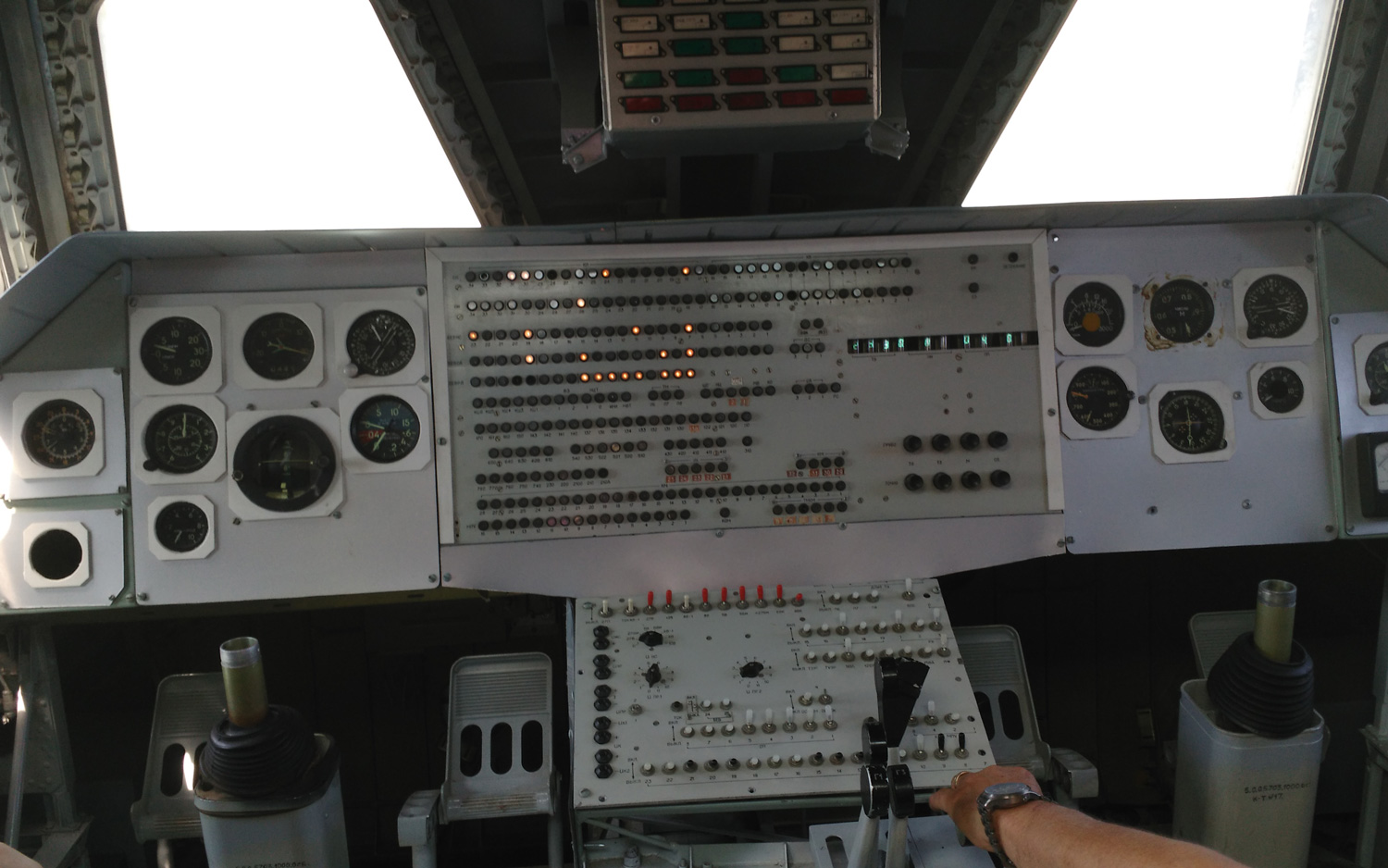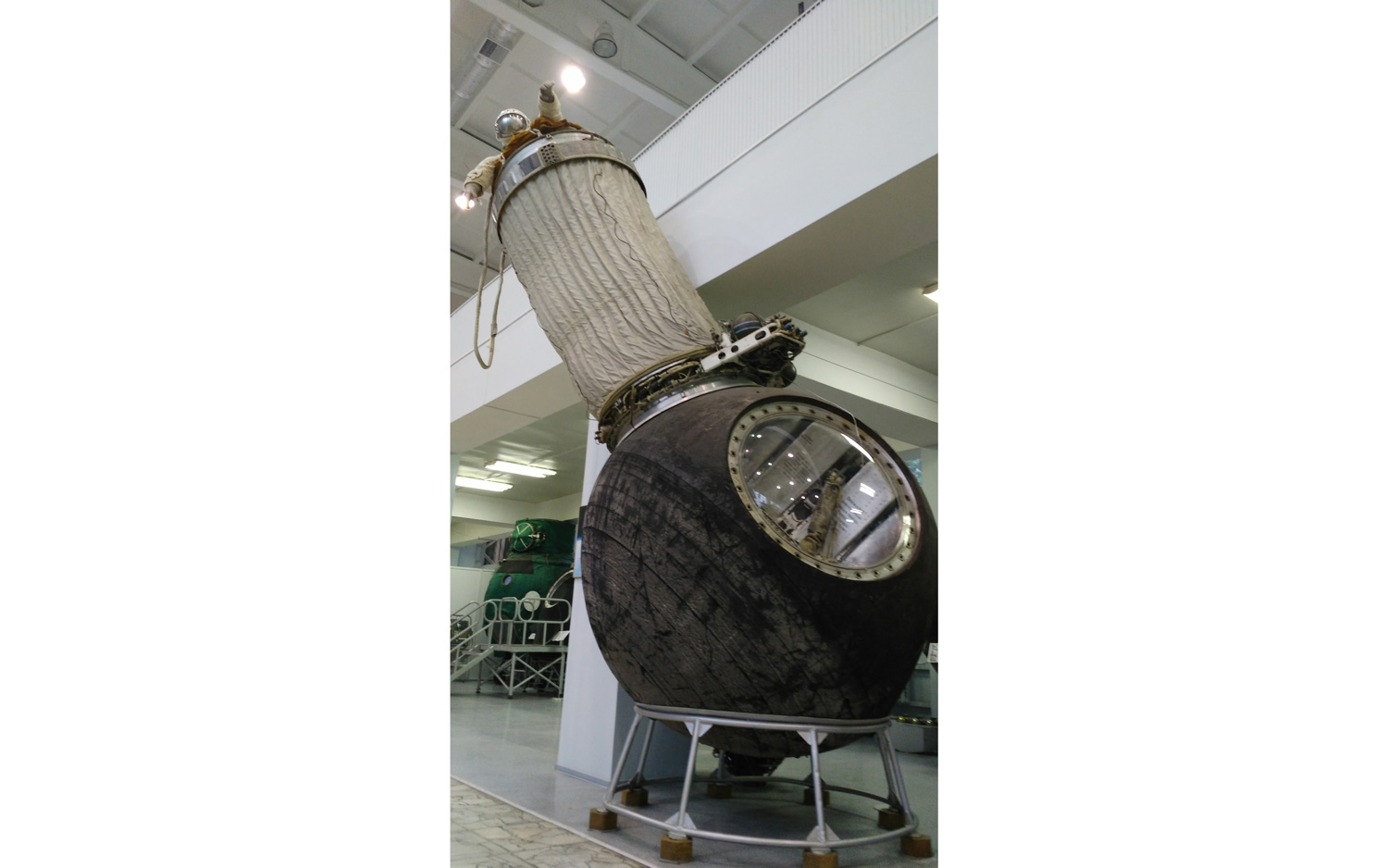12 Cool Pieces of Space History You Can See in Russia (and Kazakhstan)
Russian Space History
The Russian space program has many museums celebrating its space history in Moscow and Baikonur, Kazakhstan (near the Baikonur Cosmodrome), honoring everything from the first people in space to the modern missions on the International Space Station. Here's some of the cool stuff you can see there if you visit.
Buran space shuttle
The Russians developed their own space shuttle called Buran (which means "snowstorm"). It made a single automated flight to space on Nov. 15, 1988, and arrived safely back on Earth. The prototype shuttle that flew to space was destroyed after its storage facility roof collapsed in 2002, killing several workers. But visitors can still go into a mock-up of the space shuttle at the Baikonur Cosmodrome museum near Baikonur, Kazakhstan.
Mock-up of Buran cockpit
Inside the Buran shuttle mock-up, adventurous visitors (who don't mind climbing a ladder in a small space) can sit inside the cockpit and pretend they are on a space adventure. Astronauts never actually flew in Buran, however. The space shuttle was ultimately retired, as the Soviet Union broke apart into several countries and Russia needed to focus its financial resources on space station Mir. [Russia's Space Traditions: 14 Things Every Cosmonaut Does for Launch]
Beds in Gagarin's house
Yuri Gagarin — the first person in space — overnighted in a small house not far from the Baikonur Cosmodrome launchpad from where he went to space. It was probably not a very restful sleep, but the bed offered a convenient location for Gagarin to relax before the flight. Otherwise, he would have faced a bumpy ride from the town of Baikonur, Kazakhstan, which is 45 minutes away.
Training spacesuit
This spacesuit was used by cosmonauts to train for spacewalks, or extravehicular activities; this spacesuit is on display at the Museum of Baikonur Cosmodrome History in Baikonur, Kazakhstan. Russian spacesuits are typically used for just a few years, according to local guides, before being deliberately cast off into space.
Early Russian space toilet
Early cosmonauts had to be very aware of Newton's laws of motion when using the toilet. If they didn't strap themselves down, for example, they would learn quickly that every action has an equal and opposite reaction; when expelling waste, space travelers would be propelled in the opposite direction. This would create a microgravity mess. A space toilet carefully designed to avoid this issue is on display at the Museum of Baikonur Cosmodrome History in Baikonur, Kazakhstan.
Gagarin's desk
According to local guides, this is one of the desks that Gagarin had in his office while he was a cosmonaut. There is a room devoted to Gagarin — including books and trophies that he reportedly had near his desk — at the Central House Museum of Aviation and Space in downtown Moscow. [Touring Baikonur: The Town Behind the Famed Cosmodrome in Kazakhstan]
Breaking space news, the latest updates on rocket launches, skywatching events and more!
Space station Mir
This is a model of part of the space station Mir, a Soviet/Russian space station that operated between 1986 and 2001. It hosted several long-duration missions and also included several Americans among those long-stay crews. The model is at the RKK Energia Museum in Moscow.
Spacecraft from first spacewalk
The Voskhod 2 spacecraft, including the tunnel used for the first spacewalk, is on display at the RKK Energia Museum in Moscow. Cosmonaut Alexey Leonov performed the first extravehicular activity — humanity's first spacewalk — on March 18, 1965, although his spacesuit ballooned so much during his 12 minutes in space that he had to let out some of the oxygen to fit back inside the spacecraft.
Apollo-Soyuz bench
Apollo-Soyuz was the first American-Soviet space collaboration, in which crews from both countries participated in a joint mission in 1975. Around 2010, participating American astronaut Thomas Stafford visited the Memorial Museum of Cosmonautics in Moscow and donated this metal bench. It is adorned with little rockets. The intention is to offer a spot for visitors to sit and relax, in between admiring the space monuments.
Ivan Ivanovich mannequin
This mannequin, dubbed Ivan Ivanovich, flew to space on a test flight on March 25, 1961. A series of these mannequins was used to determine the stresses of spaceflight on the human body, ahead of Gagarin's flight on April 12, 1961.

Elizabeth Howell (she/her), Ph.D., was a staff writer in the spaceflight channel between 2022 and 2024 specializing in Canadian space news. She was contributing writer for Space.com for 10 years from 2012 to 2024. Elizabeth's reporting includes multiple exclusives with the White House, leading world coverage about a lost-and-found space tomato on the International Space Station, witnessing five human spaceflight launches on two continents, flying parabolic, working inside a spacesuit, and participating in a simulated Mars mission. Her latest book, "Why Am I Taller?" (ECW Press, 2022) is co-written with astronaut Dave Williams.










